Supertall skyscraper dangles from an asteroid to become the world’s tallest building
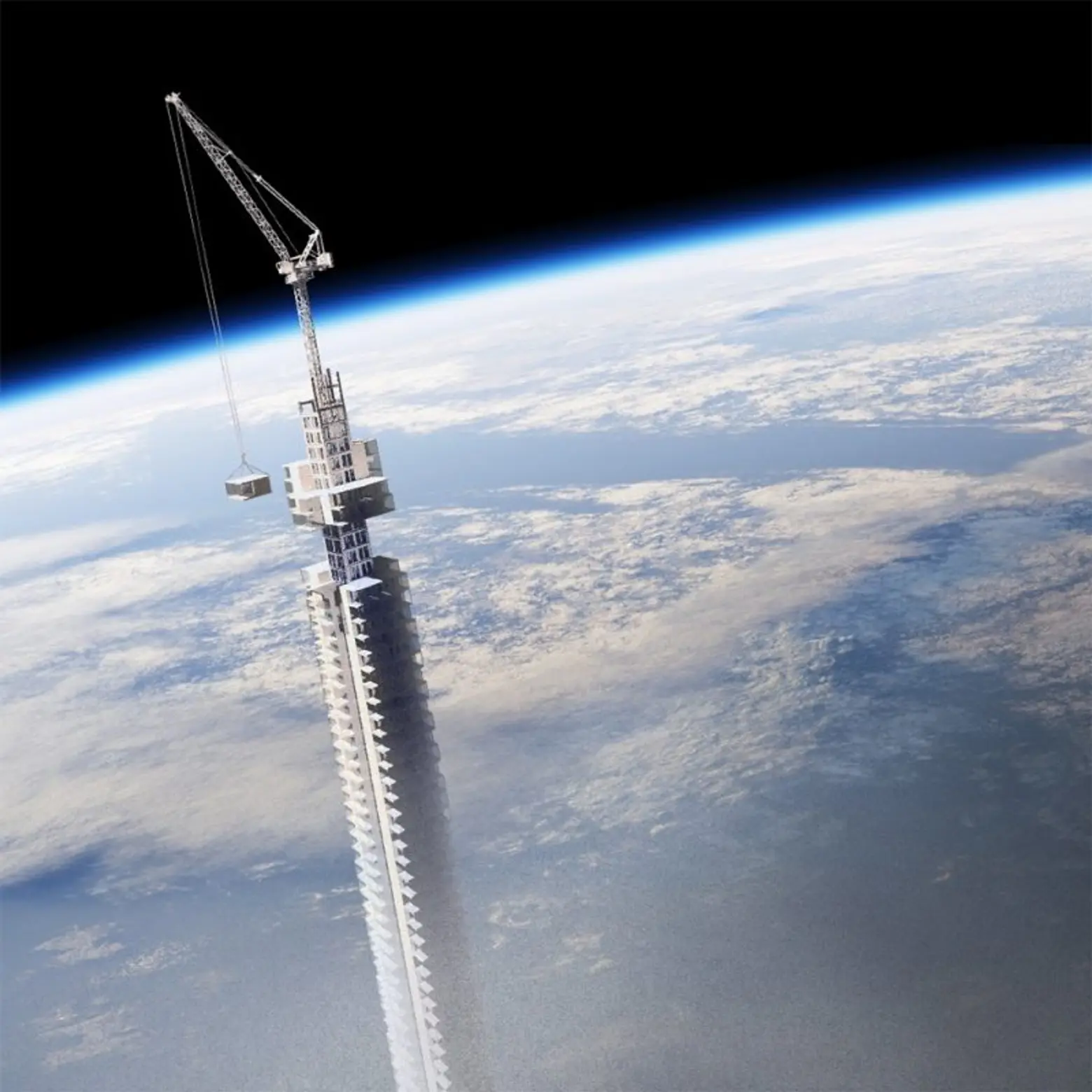
New York City-based design firm Clouds Architecture Office has proposed a conceptual skyscraper that would hang down from the sky suspended by air cables attached to an asteroid, making it the world’s tallest building. As dezeen learned, the supertall, dubbed Analemma Tower, would not be built on Earth but instead have a “space-based” foundation. Each day, the tower, which would be constructed over Dubai, would travel between the northern and southern hemispheres, with the slowest part of the tower’s trajectory occurring over New York City.
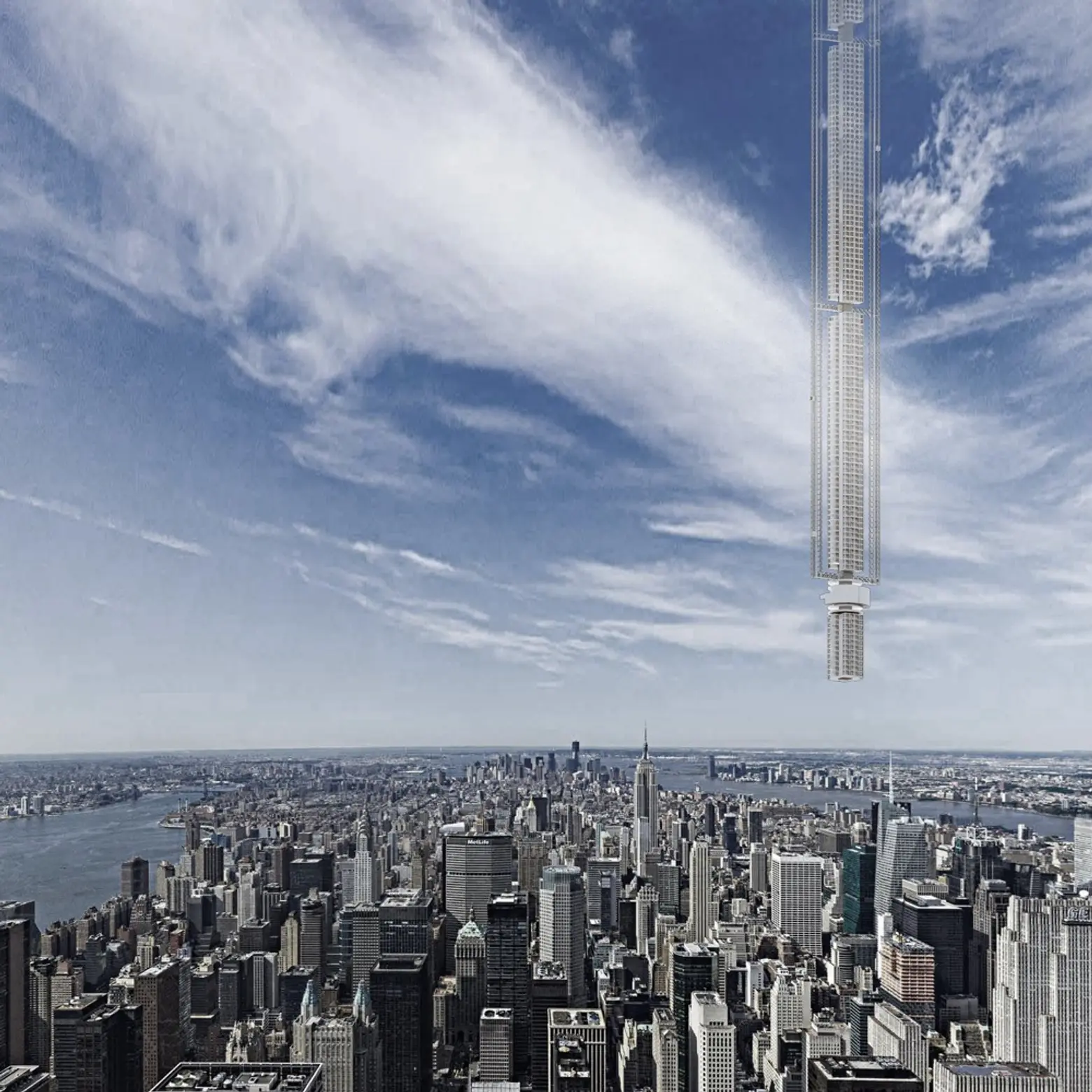
The firm’s proposal includes manipulating an asteroid and then placing it in an eccentric geosynchronous orbit, allowing it to travel between the hemispheres in a figure 8 path on a daily loop. During the 24-hour trip, the skyscraper passes over the southeast coast of the U.S., Cuba, Ecuador and Peru. As the building slowly passes over Midtown, the residents of Analemma Tower would be able to disembark using a parachute.
The tower would be powered by solar-based panels and water would be filtered and recycled from condensate captured from clouds and rainwater. The firm, who recently partnered with NASA to develop a “Mars Ice Dome,” did think of the extreme living conditions found in space, where although you can gain 45 minutes of extra daylight, the -40 degrees Celsius temperature would make it impossible to go outside without protective suits. Their response to these extremes? “Astronauts have continually occupied the space station for decades, so perhaps it’s not so bad?”
[Via dezeen]
RELATED:
- Oiio’s ‘Big Bend’ proposal for Billionaires’ Row would be the world’s longest building
- Lissoni Architettura Conceptualizes a Submerged Aquarium in the East River
- ODA’s slender-waisted ‘Orbit Tower’ wins the Metals in Construction 2017 Design Challenge
Photos courtesy of Cloud Architecture Office
Interested in similar content?
Leave a reply
Your email address will not be published.

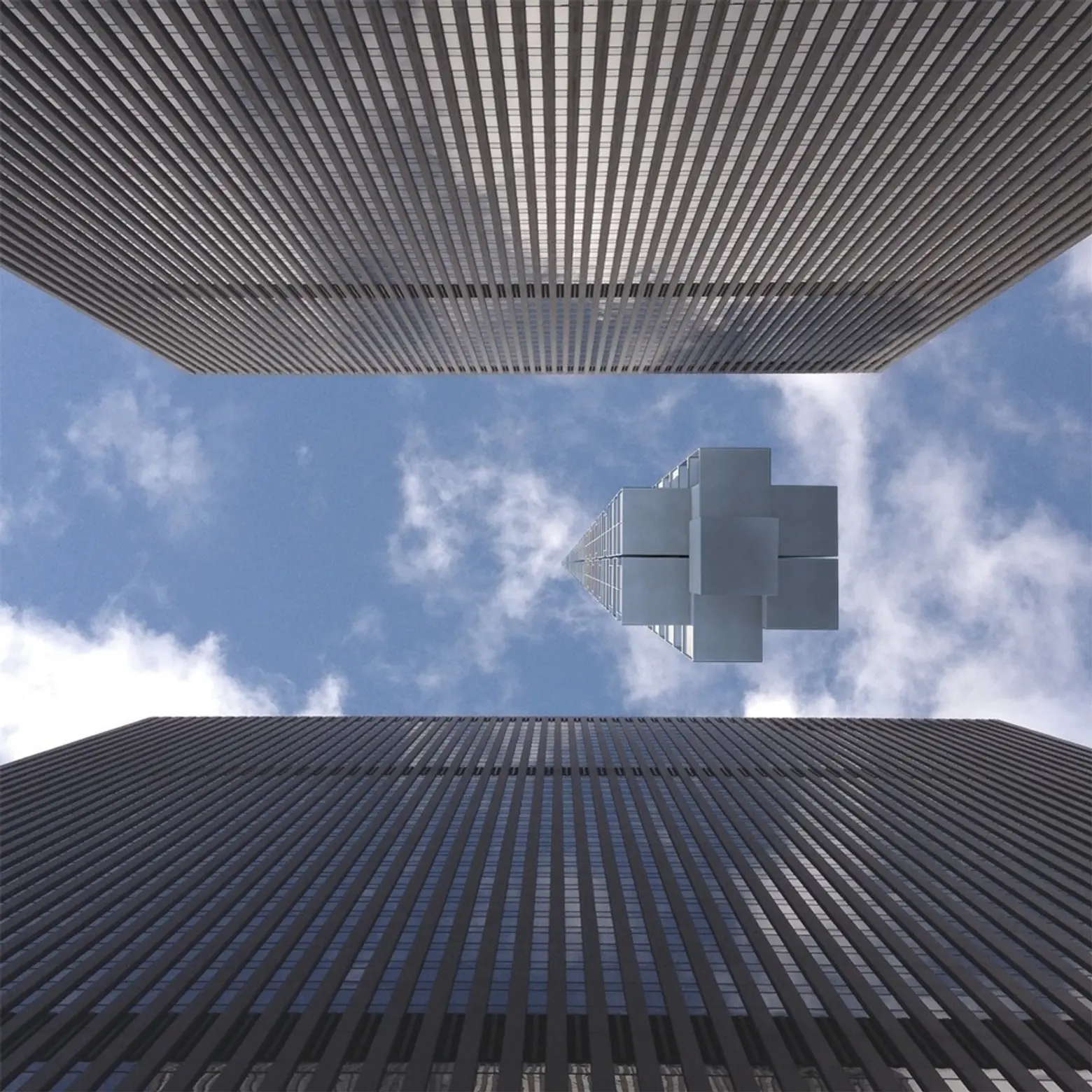

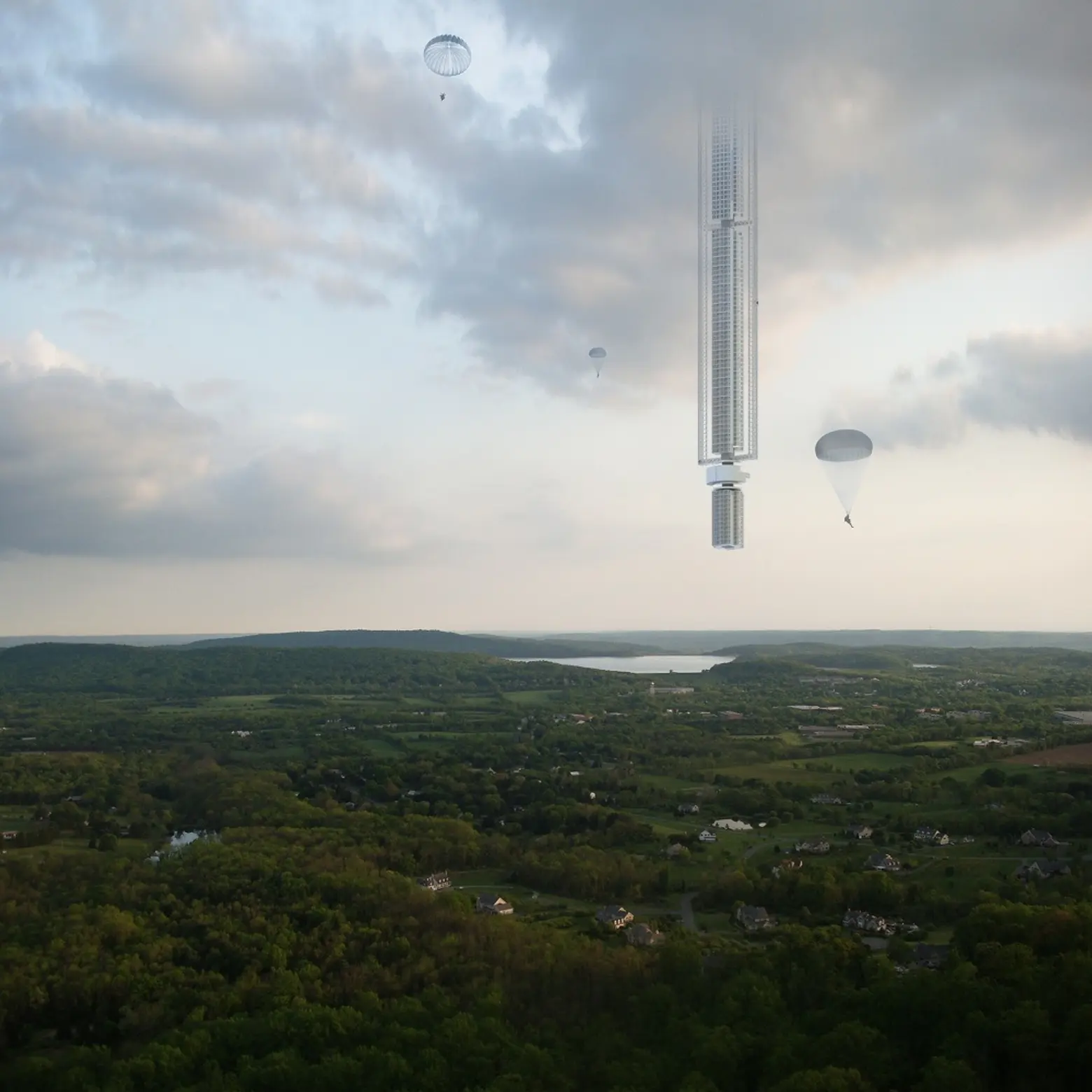







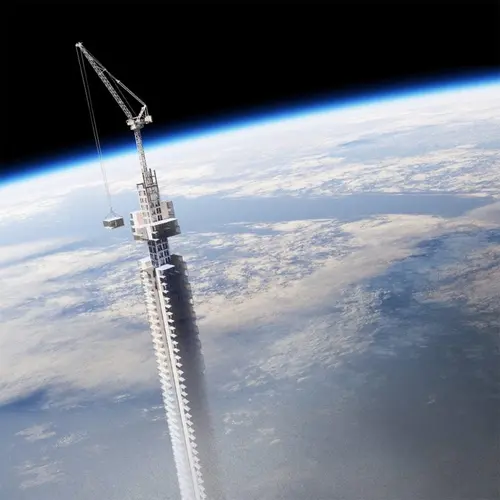
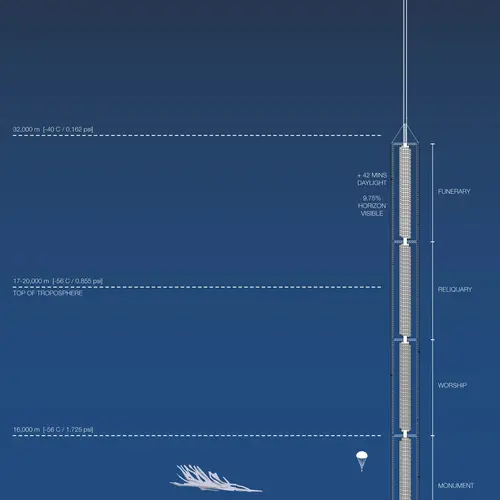

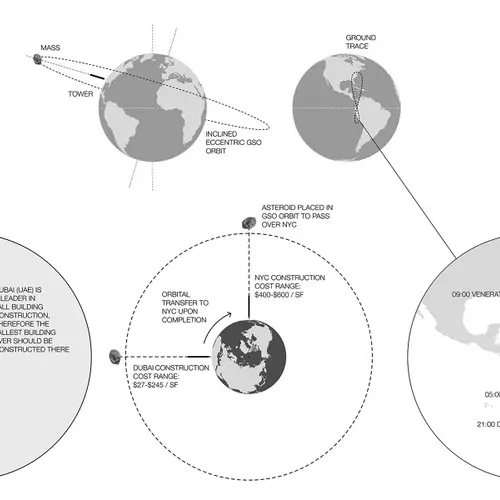
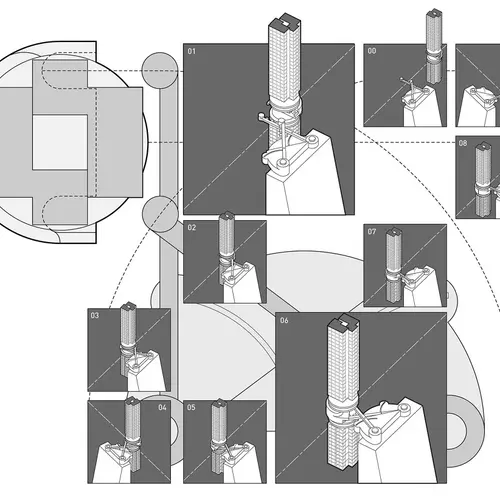

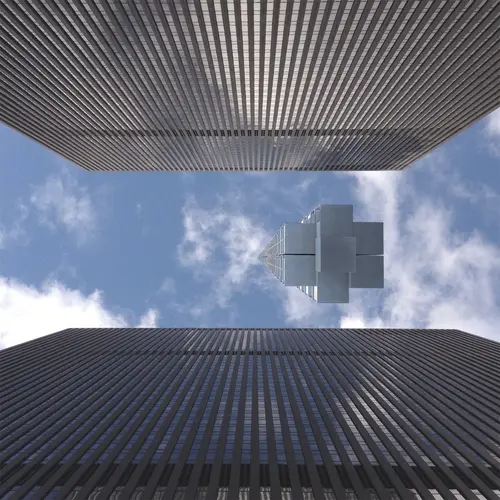

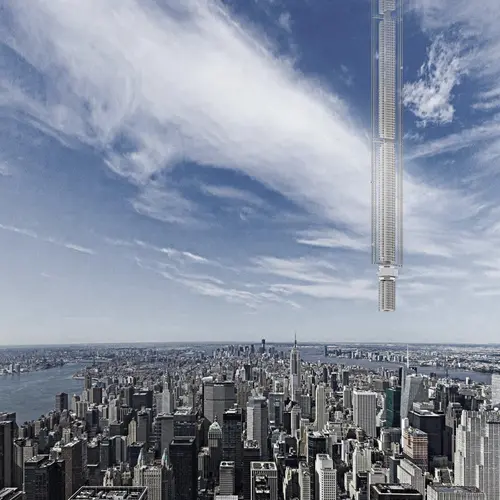
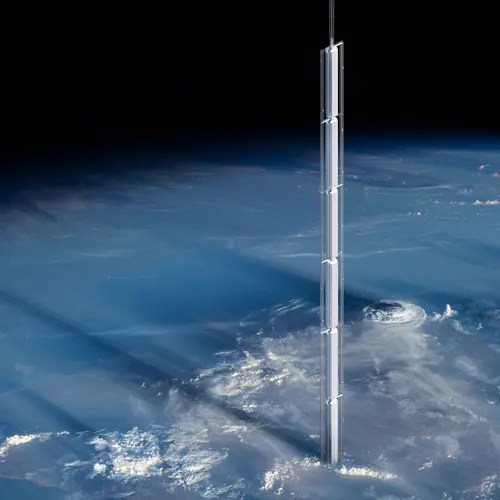




























Getting a jump on April 1, are we?
Why not put the asteroid in geosynchronous orbit so the building could be attached to the earth’s surface? That would facilitate much easier access.